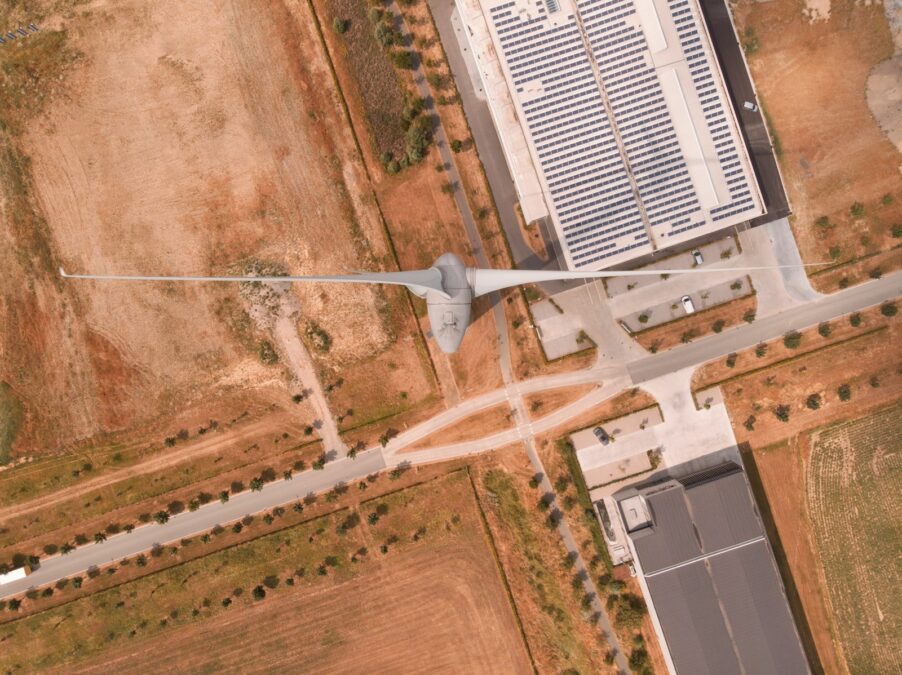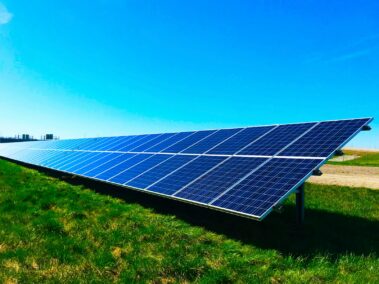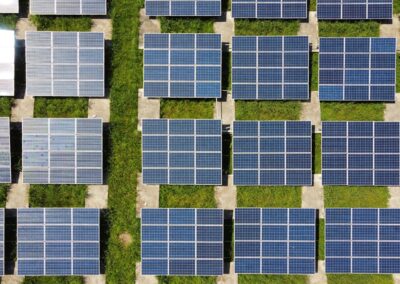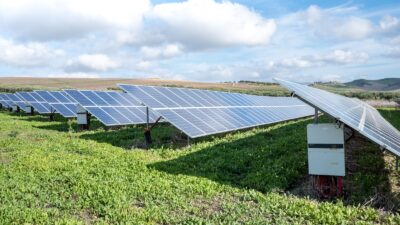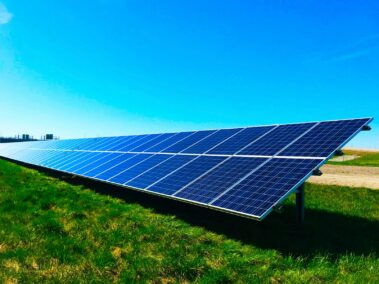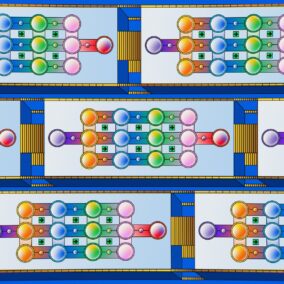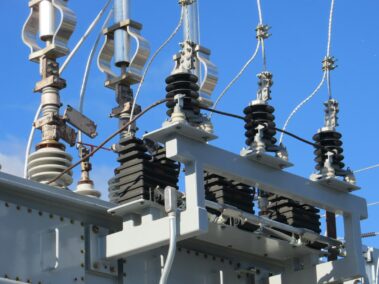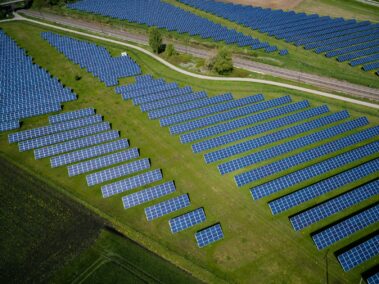The Advantages of Combining Wind and Solar Power
Harnessing the Power of Wind and Solar
The development of hybrid renewable energy systems represents a significant advancement in optimizing energy production and enhancing overall system performance. In regions like Saudi Arabia and the UAE, where both wind and solar resources are abundant, combining these renewable sources offers a strategic advantage. By integrating wind and solar power, energy systems can achieve greater reliability and efficiency, addressing the intermittency issues associated with single-source renewable energy systems.
Hybrid renewable energy systems leverage the complementary nature of wind and solar resources. During the day, solar panels capture sunlight and convert it into electricity, while wind turbines generate power when wind speeds are adequate. This dual approach ensures a more consistent energy supply, reducing the need for backup fossil fuel power and lowering carbon emissions. For business executives and mid-level managers, investing in hybrid energy solutions can lead to substantial cost savings and a reduced environmental footprint.
Moreover, the integration of advanced technologies, such as artificial intelligence and data analytics, enhances the performance of hybrid renewable energy systems. These technologies enable real-time monitoring and optimization of energy production, ensuring that both wind and solar resources are utilized to their full potential. By adopting hybrid systems, companies in the Gulf region can demonstrate leadership in sustainability and innovation, positioning themselves at the forefront of the renewable energy revolution.
Maximizing Efficiency Through Smart Energy Management
Effective energy management is crucial for maximizing the benefits of hybrid renewable energy systems. In Saudi Arabia and the UAE, smart energy management solutions are being deployed to optimize the performance of these systems. By utilizing IoT devices and data analytics, energy managers can monitor and control the production and distribution of energy in real-time. This level of oversight ensures that energy resources are used efficiently, minimizing waste and maximizing output.
One of the key benefits of smart energy management is the ability to balance energy supply and demand. Hybrid systems can dynamically adjust their output based on real-time data, ensuring a stable and reliable energy supply. For example, during periods of high solar irradiance, energy from solar panels can be prioritized, while wind power can be harnessed during cloudy or nighttime conditions. This flexibility is essential for maintaining grid stability and avoiding energy shortages.
Furthermore, smart energy management supports predictive maintenance, identifying potential issues before they lead to system failures. By analyzing data from sensors and other monitoring devices, energy managers can schedule maintenance activities proactively, reducing downtime and extending the lifespan of equipment. For business leaders, this proactive approach enhances the reliability and longevity of their hybrid renewable energy systems, providing a strong return on investment.
Driving Innovation in Renewable Energy Technologies
The development of hybrid renewable energy systems is driving innovation in renewable energy technologies. In the Gulf region, significant investments are being made in research and development to improve the efficiency and effectiveness of these systems. Saudi Arabia and the UAE are at the forefront of this innovation, leveraging their abundant natural resources and favorable climate conditions to become leaders in renewable energy.
One area of innovation is the integration of blockchain technology in energy management. Blockchain can provide a secure and transparent platform for tracking energy production and consumption, ensuring that all transactions are accurately recorded and verified. This technology can enhance trust and accountability in the energy market, facilitating the trading of renewable energy credits and supporting the transition to a low-carbon economy.
Another promising development is the use of generative artificial intelligence to optimize the design and operation of hybrid renewable energy systems. AI algorithms can analyze vast amounts of data to identify optimal configurations and operating strategies, maximizing energy production and minimizing costs. For entrepreneurs and managers in the renewable energy sector, embracing these cutting-edge technologies can provide a competitive edge and drive business success.
The Role of Hybrid Renewable Energy Systems in Sustainable Development
Hybrid renewable energy systems play a crucial role in promoting sustainable development, particularly in regions like Saudi Arabia and the UAE. These systems support the goals of Vision 2030 and similar initiatives, which aim to diversify energy sources, reduce dependence on fossil fuels, and promote environmental sustainability. By investing in hybrid renewable energy systems, governments and businesses can contribute to these national objectives while also reaping economic and environmental benefits.
The adoption of hybrid systems can also enhance energy security, reducing vulnerability to fluctuations in global energy markets. By harnessing local renewable resources, countries can reduce their reliance on imported fossil fuels, ensuring a more stable and resilient energy supply. For business leaders, this increased energy security translates into more predictable and manageable operating costs, supporting long-term planning and investment.
Moreover, hybrid renewable energy systems can support job creation and economic growth. The development, installation, and maintenance of these systems require skilled labor, creating opportunities for employment and workforce development. For entrepreneurs and managers, investing in hybrid renewable energy projects can stimulate local economies and foster a skilled and innovative workforce, driving business success and regional development.
Conclusion: Embracing the Future of Energy with Hybrid Systems
The integration of hybrid renewable energy systems represents a transformative approach to energy production, combining the strengths of wind, solar, and other renewable sources. In regions like Saudi Arabia and the UAE, these systems offer a pathway to greater energy efficiency, sustainability, and security. By leveraging advanced technologies and smart energy management, businesses can optimize their energy production and enhance overall system performance.
For business executives, mid-level managers, and entrepreneurs, the adoption of hybrid renewable energy systems presents significant opportunities for innovation and growth. By investing in these systems, companies can reduce their environmental footprint, enhance their reputation, and achieve substantial cost savings. Furthermore, the development of hybrid systems supports national sustainability goals and contributes to economic development, creating a win-win scenario for businesses and society.
In conclusion, the future of energy lies in the integration of hybrid renewable energy systems. By combining wind, solar, and other renewable sources, these systems can deliver reliable and sustainable energy, supporting the transition to a low-carbon economy. Business leaders must recognize the potential of hybrid systems to drive operational efficiency and sustainability, positioning their companies at the forefront of the renewable energy revolution. By embracing this transformative approach, businesses can contribute to a more sustainable and prosperous future for all.
—
#HybridEnergySystems #RenewableEnergy #Sustainability #SmartEnergyManagement #AIinEnergy #BlockchaininEnergy #SaudiArabia #UAE #EnergyInnovation

